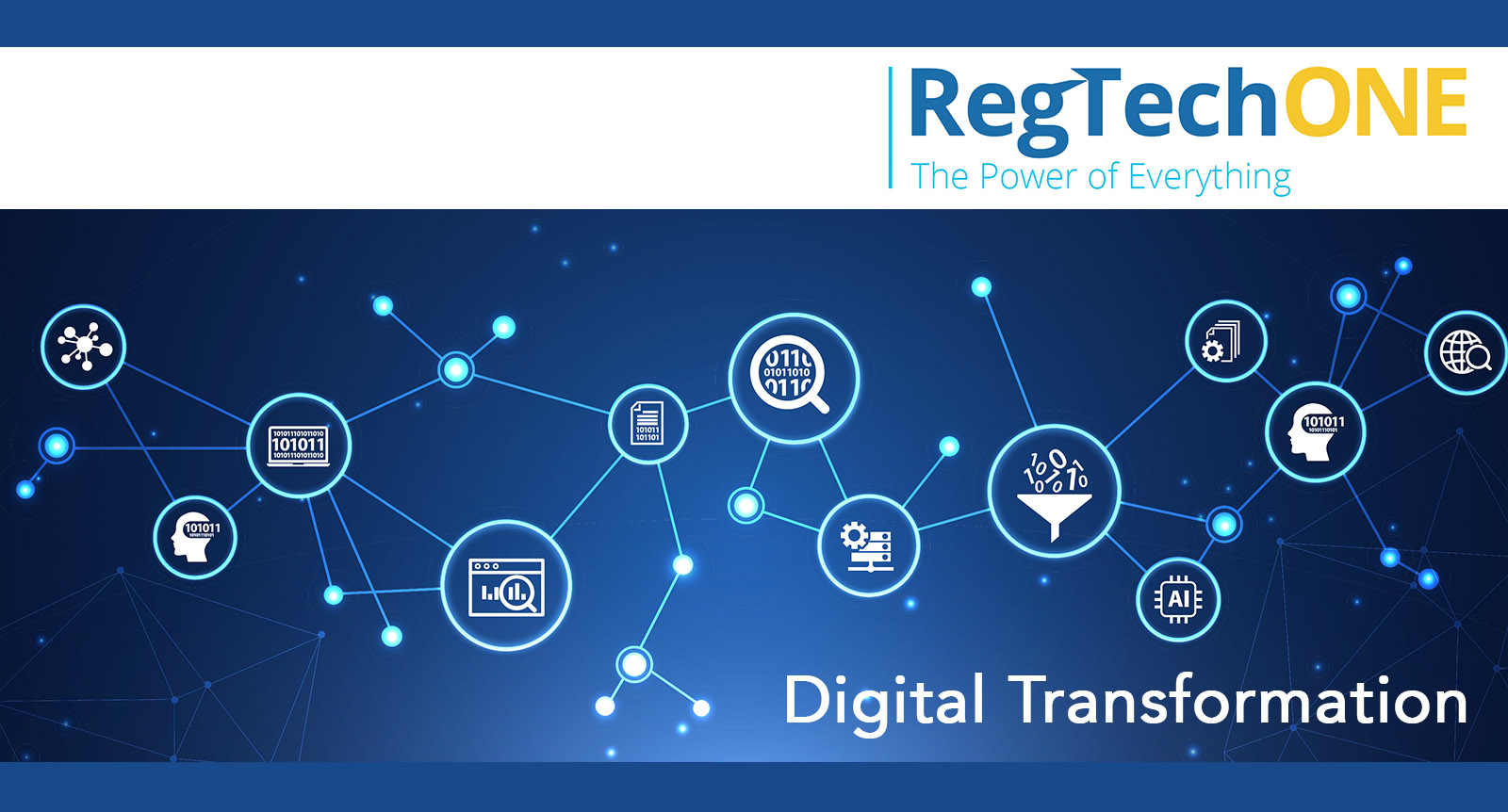
Do the hard work first and only then leverage the right technology to achieve Digital Transformation
By Frank Cummings, CEO
Claims that “digital transformations solve all problems” are everywhere again. Unfortunately, many leaders will believe the hype: Transform your digits, move to the cloud, buy a space in the Meta world, or any other fantastic tech-centric claim that will fix all your ills without any pain. The hype obscures a powerful truth: If you start with the hard work of a top-down review of all operational processes and only then leverage the digital part of Digital Transformation, you can be exceptionally successful.
Very few firms chose to do the hard work first during the last transformation. They simply moved their problems to better technology, and what I call “hand in the cookie jar” consultants were eagerly standing by to give businesses an expensive hand. Ask yourself: Are these cookie-jar consultants done yet? I mean, the work started in the early ‘90s….
I do understand the lure of digital transformation as a solution to many business challenges. AML Partners, after all, builds software solutions for RegTech and Governance, Risk, and Compliance needs. But can we perhaps, this time, start with a top-down review of all operational processes before embracing a new digital transformation?
A successful example of Digital Transformation
We at AML Partners are in final user-acceptance testing (UAT) with a customer who has just completed this process. The senior management team redefined the term “woke” as they were completely unaware of some of the processes happening in their foreign branches. In re-assessing their operational processes first, they created a strong foundation for their new technology–by going quickly through each job function, eliminating duplication, and streamlining all processes. After that foundational work, we laid our technology on top of these new business processes and workflows, and we automated every step possible.
Working together, we flipped the usual script. To optimize the effectiveness of top technologies, leadership must first fine-tune a strong business-process flow, and then the digital system can be configured to those processes. A so-called “digital transformation” should never require an institution to operate within the confines of the new “Technology” rather than the needs of the business.
Our customer in UAT, as a part of their pre-implementation groundwork, consolidated global onboarding of customers into a single location from which they could share the results globally through a Registry of Onboarded Customers. The foreign branches simply select from the approved customers, and the system automatically copies all legally permissionable data to the branches’ local workflow before adding local requirements. This strikes me as true digital transformation.
Reject layering new tech over same old processes
The antithesis—a default preference for layering new technologies over bloated and broken processes—remains popular, however, because it’s simple, because it’s less prep work, because it’s comfortable and known. And it’s also a popularity sustained by cookie-jar consultants who can reach back in again and again for years at a time in their ‘support’ of so-called digital transformations that accrete one after another after another on legacy operational processes.
Prioritize business-centered Digital Transformation
But ‘digital transformations’ on which cookie-jar consultants feast truly only help institutions make the same old mistakes faster. In sharp contrast, business-centered digital transformations leverage analysis of operational processes as a foundation for leveraging technology to achieve outstanding results. In a business-centered digital transformation, the technology conforms via configuration to the business’ exact needs.
For businesses exploring new technologies that promise digital transformation, it’s easy to tell what flavor of transformation someone is trying to sell you. If your Digital Transformation Relationship Manager (i.e., salesperson) can’t stop talking about how great the technology is at your first meeting, you should probably budget for an endless “cookie jar” relationship from implementation onward.
In contrast, if conversations focus on what your business needs to win and how a digital transformation could support that, that is a business-centered approach that leads to successful digital transformation—and a more successful business.


